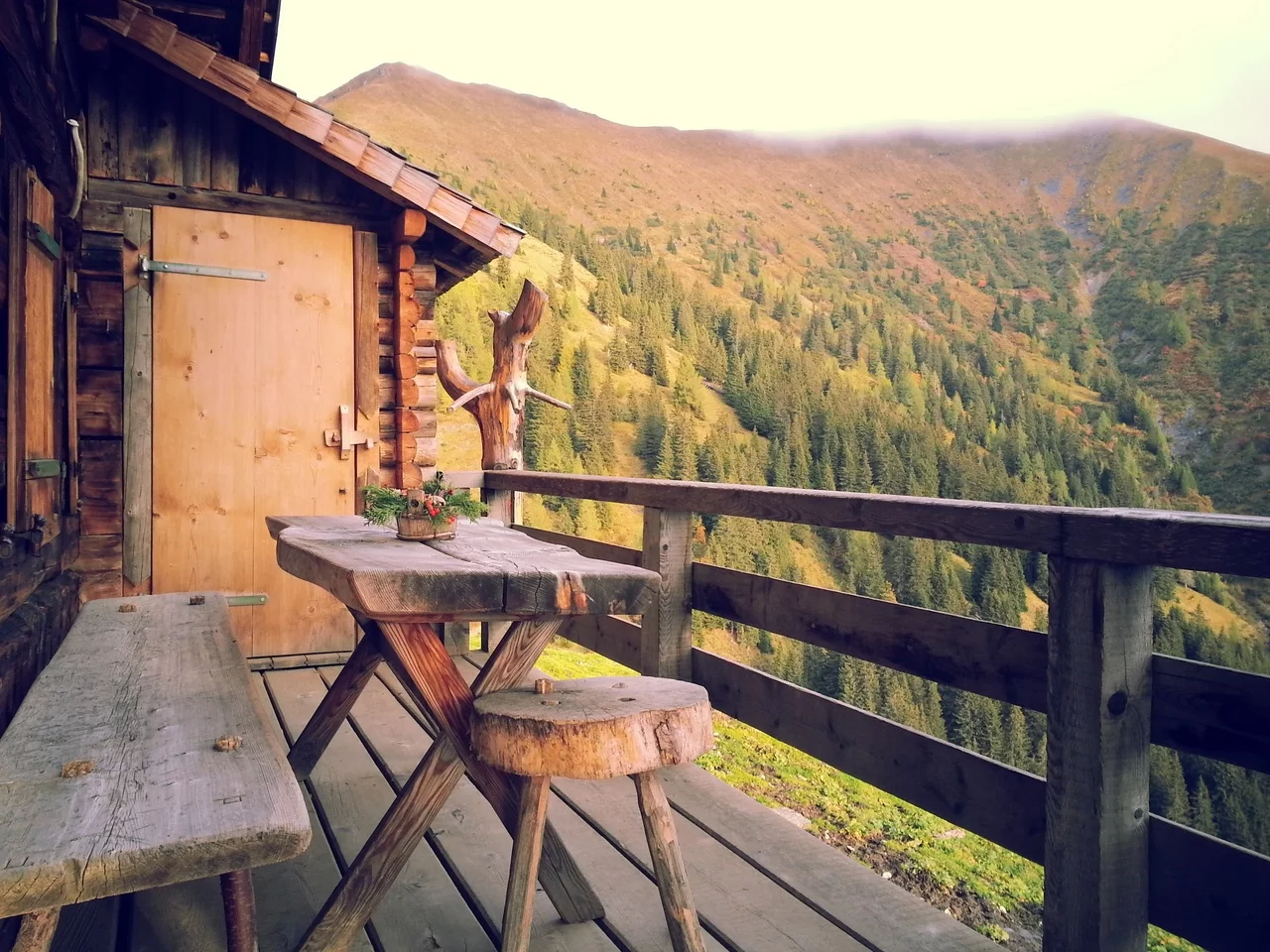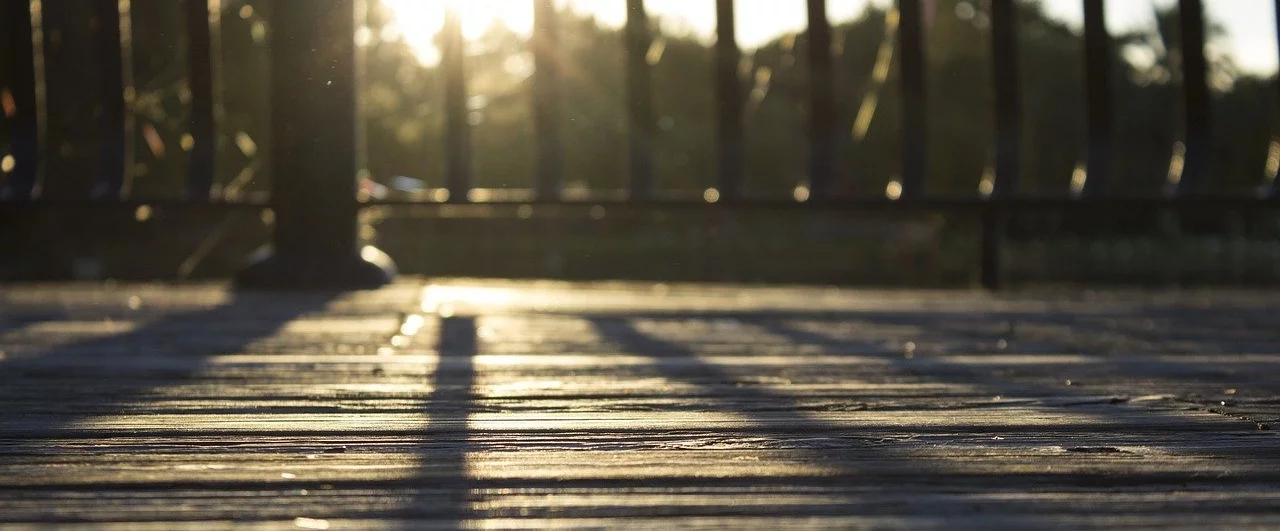Deck Safety: Check these items for a safe deck season
The importance of Safe Decks, Steps and Railings
Something you may not think about is deck safety? Like many homeowners, unless your deck is wobbly, you may think it is structurally sound or maybe not even think about its condition. It’s important to know how safe your existing deck is. It’s vital to know when your deck can no longer safely support your friends and family along with features such as hot tubs and pergolas. Performing regular deck inspections is crucial to ensure the safety of your outdoor space. In this article, we will provide you with a list of deck inspection items that you should check to maintain a safe and secure deck for the coming deck season.

1. Damaged Decking Inspections
Although the composite decking market continues to expand as homeowners prefer the color options and low maintenance, many homeowners still enjoy wooden decking. With wood decks, you need to regularly check for rot, insect infestation, water damage, splinters, large cracks, and loose fasteners.
Commonly you’ll see wood decking boards change their shape as they weather. They often become twisted, cupped or warped through years of exposure to the elements. Our weather is particularly hard on natural building materials here in the high Rockies. Even in each county, the weather varies. As an example, in Eagle County, there are large differences slope side in Vail compared to Gypsum.
2. Failing Deck Stairs and Deck Steps
Many decks have at least one set of stairs or steps. These both contain a handful of parts, and each has its own weakness. Check the treads and stringers for structural damages. If you have deck handrails made with wood, wood deck posts and deck balusters, look for cracks, soft connections, and any missing nails, screws or bolts. Be sure to have them repaired by a professional deck builder.
3. Defective Railings
One of the most important part of any deck are the railings. Many were never built to code or have been built or replaced by inexperienced contractors. Similar to steps, deck railings are very susceptible to damage, making them less than safe, often sooner than deck issues. It’s important that your railings are in good shape. As an example, if a deck collapses, it’s very dramatic and less common than injuries that occur from someone forces too much pressure on a damaged railing, results in falls or other injuries.
4. Deck Ledger to House Connection
Deck ledgers are the part of the framing that attaches to the wall of your house. Ledgers are long horizontal boards. The joists that support the decking boards are fastened to the ledger. Failing ledgers are a major reason why decks breakdown. It’s often the result of a ledger that has become badly decayed or improperly fastened to the house.
5. Ledger & Joists Connections
The ends of the joists are often attached by metal joist hangers to the ledger board. These joist hangers must be attached in place with galvanized hanger nails. You’ll want to inspect the joist and joist hangers to see if any are badly cracked, or have damage from water or mold. Although the joist may look great, be sure to check the ends of the joists. These spots are commonly the first place to rot and split. Also, check for any joists that are sagging or bowed and be sure to replace any joists with damage.
6. Changes in Footers
In the mountains of Colorado, we get some significant soil changes throughout the year. When you look at your deck, you may see changes that have caused the deck to sink, raise or shift which can cause serious problems. Footer changes can also cause the deck to disconnect from the house, at the ledger or separate from steps, etc.

